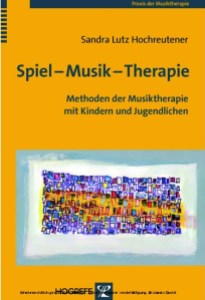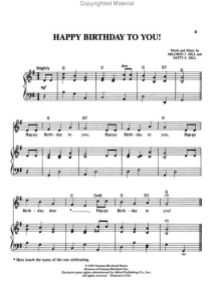When he coined the term sonorystyka in the 1950s, Józef Michał Chomiński (1906–94) considered sonoristics a new branch of study centered on the sound technique of a composition. Discernible as early as certain works by Debussy, sonoristics involves a whole new layer of a musical work that emphasizes its actual sound, transcending older approaches in which structural elements were considered independently of their sonorous realization.
Among his expositions of his sonoristic theories, Chomiński showed how the first six measures of Webern’s Die Sonne (op. 14, no. 1) present no traces of melody or harmony in the traditional sense; rather, they embody a full transformation of both concepts into a sonic universe regulated by timbre, rhythm, and register contrasts.
This according to “Rediscovering sonoristics: A groundbreaking theory from the margins of musicology” by Zbigniew Granat, an essay included in our recently published Music’s intellectual history. Below, a performance of Webern’s op. 14; Chomiński’s example begins the set.












